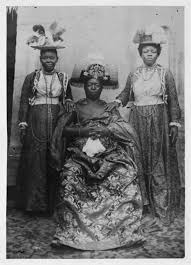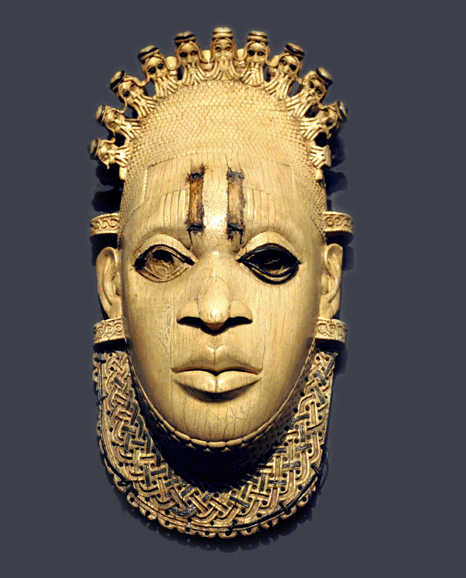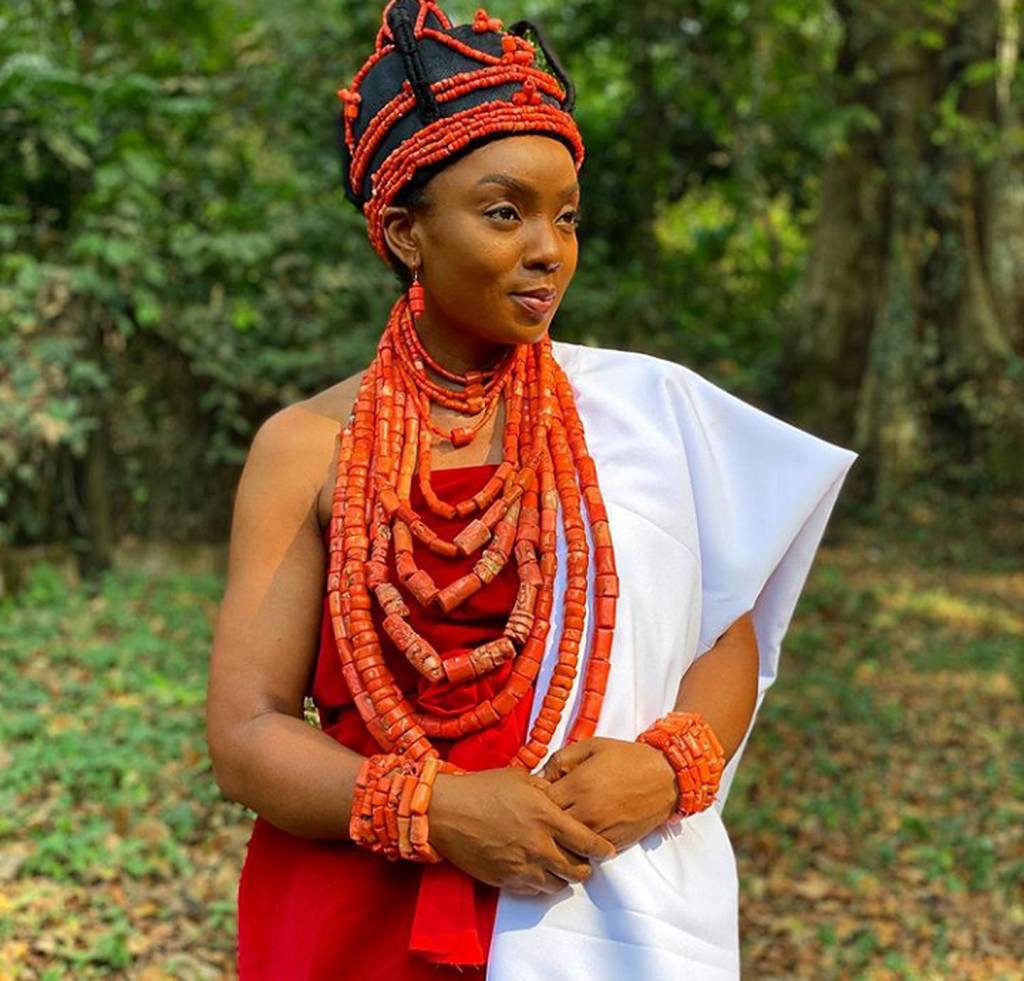People from southern Nigeria who speak the Benue-Congo branch of the Niger-Congo language family are known as Edo, also known as Bini.
The Edo people are descended from the Benin Empire’s founders and speak the Edo language. Other ethnic groups that speak Edoid languages, such as the Esan, the Afemai, the Isoko, and the Urhobo, are closely connected to them.
The Edo State territory is located west of the Niger River, and its area stretches from steep terrain in the north to marshes in the Niger Delta. Benin City, the capital of the Benin kingdom, which thrived from the 14th to the 17th century, is commonly referred to as Edo in everyday speech.
The word “Edo,” which means “beautiful people,” was used to characterize Edo, the Bini kingdom’s capital and official royal administrative centre. The mixed ethnicities residing in the centre of Ubini later distorted the name to Bini, which was later corrupted to Benin around 1485 when the Portuguese started trading with the country and received coral beads from Oba Ewuare.
The Edo people reside in condensed village communities that can range in size from tiny hamlets to towns with thousands of inhabitants.
In this piece, Naijabiography examines the history of Edo State, and the cultural beliefs of the Edo people, including their religion and lifestyle.

History
In the 17th and 18th centuries, the Edo people were carved out of the Benin Kingdom to form their own territory and engage in cultural activities. This is why, in the earliest centuries, when Edo became a state on its own, Benin City became the capital.
The Edo people are situated in Nigeria’s Edo State, which gained its name from the majority population of Benin City, the region’s most famous historical hub and the Edo people’s core capital homeland. The political and administrative limits of the Edo state cover a large number of similar groups in close proximity to the Edo people.
The majority of these clans may trace their origins to Benin City, the ancient capital of the Benin people. Several Afemai sub-groups, the Esan people of Edo state, and the Akoko Edo people who live on the state’s northern boundaries are examples of such nearby groups.
The Mid-Western Region of Nigeria, commonly known as the old Bendel state, was a part of early post-colonial Nigeria before becoming the Edo state. The Edo, Urhobo, Esan, and other people with ties to the Edo can be seen in this region’s impact and culture.
The Structure of the Edo Traditional System
The political and administrative limits of the Edo state cover a large number of similar groups in close proximity to the Edo people. The majority of these clans may trace their origins to Benin City, the ancient capital of the Benin people.
Therefore, the foundation of political life in Edo is the village. Each hamlet has three age groups for the male population. Early adolescent boys who enrol in junior grade work on group projects like mowing lawns and maintaining public facilities. The older age group of adult males performs executive duties for the village council while also performing more challenging chores like roofing dwellings.
However, in the Edo clan, the council makes decisions regarding taxation, group work, religious holidays, interactions with the government, and other issues that affect the local area. Furthermore, the nonhereditary village headman, who also acts as the priest of ancestors and earth spirits, is often the village’s oldest male resident. Formerly, the political, economic, and ceremonial head of state was a sacred king known as the oba, whose succession is based on primogeniture.
Trades of the Edo People
The Edo people are known for subsistence farming. The Edo people reside in condensed village communities that can range in size from tiny hamlets to towns with thousands of inhabitants. They eat yams as their main source of food, with vegetables including cassava, plantains, and corn (maize) as side dishes.
However, the Edo people also rear livestock. Thus, goats, sheep, dogs, and birds are considered livestock and are mostly utilized as sacrificed animals. Traditional crafts include weaving ceremonial cloth, casting brass, carving wood, and working with leather.
The Religion of the Edo People
Many Edo are either Muslims or Christians. Traditional religion involves the worship of a distant creator, minor gods, legendary or fictitious local heroes, and ghosts of the deceased.
In addition to the physical world, the traditional religion of Edo asserts the existence of an invisible realm populated by supernatural entities who serve as a spokesman for the physical world. In their individual shrines, gifts are presented to them.
However, the Supreme God and Creator is known as “Osanobua.” Olokun, his son or daughter, rules over all bodies of water and is in charge of ensuring the well-being and procreation of his or her human adherents. The god of metalworkers, Ogun, is one of Ogun’s other sons.
Osanobua Noghodua is a nickname that means “God Almighty.” The term Osanobua refers to a wide range of divine principles, such as the divine state of being merciful, eternal, good, and right as well as supreme and sublimity. According to the Edo belief system (udazi), Osanobua possesses the divine qualities of omnipresence (orhiole), omniscience (ajoana), and omnipotence (ajoana) It is thought that the Supreme Deity is present everywhere and at all times.

Arts and Sculptures
Sculptures, plaques, and masks that are easily recognized represent various spiritual and historical facets of traditional Edo culture. The Queen Mother Idia’s mask and the enormous collection of ancient Edo artworks known as the Benin Bronzes, which can be found not only in Nigeria but also all over the world, are two of the most well-known examples of Edo art.

Dressing
It is no longer news that when you see an Edo man or woman, you will recognize him or her from the dress and accessories. This is because the Edo people (culture) have a unique way of dressing.
One of the most distinctive dress traditions on the African continent belongs to the Edo people. They frequently wear red beads, bangles, anklets, raffia work, and other accessories.
Foods
In terms of cuisine, Edo is comparable to the intersection of Nigerian cuisine; due to its location, it serves as a meeting place for the cuisines of the Yoruba in the west, the Igbo in the east, and the Hausa in the north.
Some of the soups of the Edo people include; Omisagwe (groundnut soup), which can be eaten with foods like Eba, Fufu, Pounded Yam, Cornmeal and white rice; Black Soup, which is made from various blended herbs and vegetables such as Bitter leaf, Cassava leaf, Scent leaf, and Plantain leaf; OmiUkpoka (corn soup), which is made from blended dried corn and local herbs; Palm Oil / Pepper Jollof Rice (jollof rice that does not require any ingredients); Bini Owo Soup, which is known as the oldest and most eaten soup in Edo State.





